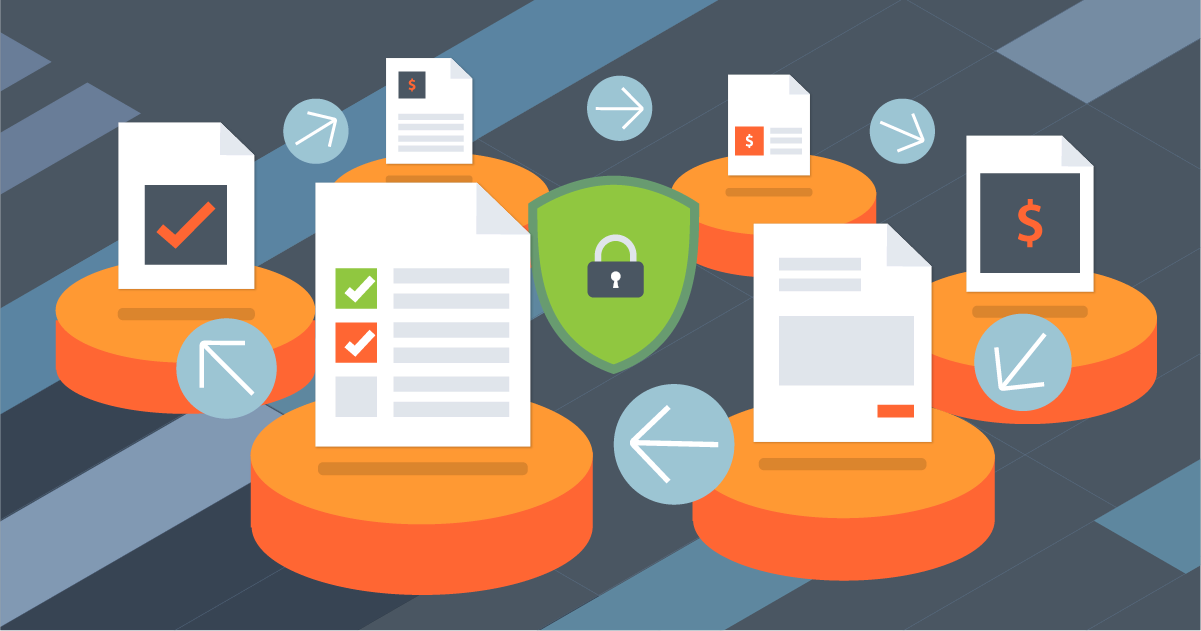In today’s digital-first economy, the ability to process pay—or accept and manage customer payments—is essential for every type of business, from freelancers and e-commerce stores to enterprise corporations.
Whether you’re just launching a store or scaling your online platform, understanding how payment processing works can save time, reduce fees, and enhance customer trust. In this guide, we’ll break down what “process pay” means, how it works behind the scenes, and how to choose the right payment processor for your business needs.
What Is “Process Pay”?
Process pay, often referred to as payment processing, is the technology and workflow involved in accepting customer payments via credit cards, debit cards, digital wallets, or online payment gateways.
In simpler terms, processing pay means securely handling a customer’s transaction from the moment they click “buy” to the point the funds reach your business account.
Why Payment Processing Matters
Fast, secure, and reliable payment processing is crucial for:
- Delivering a smooth checkout experience
- Protecting customer data through encryption and fraud prevention
- Getting paid on time without manual tracking or follow-ups
- Supporting multiple payment options (credit card, PayPal, Apple Pay, etc.)
Key Terms to Know in Payment Processing
Payment Gateway
A software interface that authorizes and routes payments from the customer to the merchant. Example: Stripe, PayPal, Square.
Merchant Account
A type of business bank account that allows you to accept credit or debit card payments.
Payment Processor
The company that handles the transaction between your customer’s bank and your merchant account.
Point-of-Sale (POS) System
Hardware and software used in physical stores to process payments at checkout.
PCI Compliance
Security standards that ensure businesses process payments in a secure environment.
How Payment Processing Works: Step-by-Step
Step 1: The Customer Initiates a Payment
The buyer submits their card or digital payment details via your checkout page or POS terminal.
Step 2: Data Is Sent to the Payment Gateway
The information is encrypted and forwarded to your payment gateway for processing.
Step 3: The Payment Processor Verifies the Details
The payment processor checks for fraud, available funds, and account status.
Step 4: Authorization From the Customer’s Bank
If the payment is approved, the funds are reserved for the transaction.
Step 5: Funds Are Transferred to Your Merchant Account
Within 1–3 business days (on average), funds are deposited into your account.
Step 6: Confirmation Sent to Customer
A receipt or order confirmation is emailed or shown to the customer on screen.
Common Payment Processing Solutions
Here are some top-rated options for businesses looking to streamline how they process pay:
| Provider | Features | Best For |
| Stripe | API-driven, customizable | SaaS, tech startups |
| Square | POS + e-commerce integration | Retail, food services |
| PayPal | One-click checkout, buyer trust | Freelancers, small business |
| Shopify Payments | Built-in for Shopify users | Online stores |
| Authorize.Net | Recurring billing, fraud detection | Subscription businesses |
Top SEO Keywords for This Topic
Make sure to naturally include these keywords in your site content and blog strategy:
- process pay
- what is payment processing
- how to process payments online
- best payment processors
- secure checkout solutions
- merchant account setup
- payment gateway integration
Tips to Optimize How You Process Pay
Offer Multiple Payment Options
Give your customers flexibility—accept cards, wallets (Apple Pay, Google Pay), and BNPL (Buy Now, Pay Later) methods like Afterpay or Klarna.
Ensure Mobile Compatibility
With more than 50% of purchases on mobile, your checkout process must be fast and responsive on smartphones.
Automate Recurring Billing
If you run a subscription service, use recurring billing tools to reduce churn and manual tracking.
Reduce Abandoned Carts
Simplify the checkout process with guest checkout, auto-fill, and transparent pricing.
Monitor Chargebacks and Fraud
Use a processor with real-time fraud alerts and analytics to protect against suspicious activity.
PCI Compliance: A Must for Secure Payment Processing
PCI DSS (Payment Card Industry Data Security Standards) compliance is mandatory if you store, process, or transmit credit card data.
To stay compliant:
- Use SSL certificates and HTTPS encryption
- Avoid storing cardholder data unless absolutely necessary
- Use tokenization and end-to-end encryption
- Conduct regular vulnerability scans
Costs Associated with Payment Processing
Different platforms and processors charge fees such as:
- Transaction fees (e.g., 2.9% + $0.30 per transaction)
- Monthly fees
- Setup fees
- Chargeback fees
Make sure to compare providers and choose one that aligns with your business volume and needs.
Benefits of Using a Modern Payment Processor
- Better cash flow management
Faster checkouts and improved customer satisfaction
Scalable infrastructure for growing businesses
Simplified bookkeeping and accounting
Global payments and multi-currency support
Conclusion
Understanding how to process pay is no longer just a backend task—it’s a core business function. With the right tools, secure systems, and responsive platforms, you can deliver seamless payment experiences that keep customers coming back and revenue flowing.
From choosing a reliable payment processor to ensuring PCI compliance and optimizing for mobile, your ability to process payments effectively is a key driver of growth and trust.
FAQs
1. What is the difference between a payment processor and a payment gateway?
A payment processor handles the communication between banks, while a payment gateway securely collects payment info and forwards it to the processor.
2. Do I need a merchant account to process pay?
Some services like Stripe and Square bundle this for you. Traditional processors often require a separate merchant account.
3. How long does it take to receive funds after a transaction?
Typically 1 to 3 business days, depending on your provider and account type.
4. Can I process international payments?
Yes, most modern processors support multi-currency transactions and global payments. Make sure your provider offers this feature.
5. Is it safe to store customer credit card information?
Storing card data requires strict PCI compliance. It’s safer to use tokenized or third-party processing systems that handle this securely.
Also read: Pipedrive vs Monday: Which Tool Is Right for Your Business in 2025?




Leave a Comment